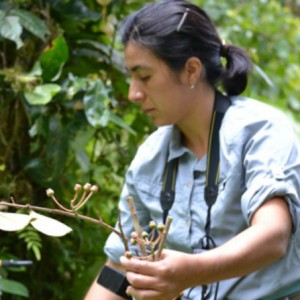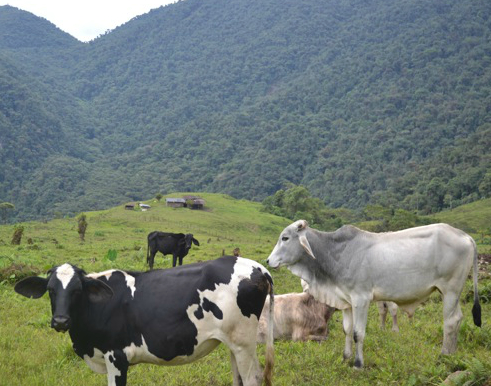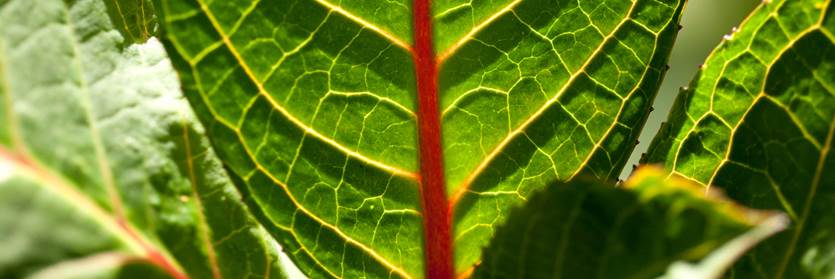Las Orquídeas: Racing the Clock
Posted in Nuggets from the Archives on November 8, 2013 by Matt Newman

High in the cloud forests of the tropical Andes, picking her way through the misted foliage of Las Orquídeas National Park, NYBG botanist Paola Pedraza, Ph.D. goes about the business of collecting plant specimens. This northwest Colombian landscape is renowned for its biodiversity—it is said to have more examples of plant, animal, and microbial life than almost any other ecosystem on earth. But that’s not necessarily the only reason that Dr. Pedraza, a Colombian native and Associate Curator of our Institute of Systematic Botany, returns here so often. While her work is indeed groundbreaking, her motivations extend well beyond the everyday specimen collections that take place day and night here in South America.
Far from the mere process of cataloging plant life, it is the shrinking timeframe and the aggravating factors surrounding it that make Dr. Pedraza’s undertaking so significant.
Once controlled by armed revolutionaries indicative of the struggles facing Colombia throughout its late history, Las Orquídeas—named for some 200 species of orchids that grow there—remained off limits to the efforts of botanists. Recording the diversity of plant life within its borders became a pipe dream for an academic community anxious to uncover the Andres’ secrets. But the recent withdrawal of these militias has opened the park to exploration and conservation efforts. And with the proverbial gates now open, scientists face a new suite of challenges—many of them a greater threat to the plants and animals being studied than the armed gunmen ever were.

The influx of new visitors brings with it rising obstacles to the botanists’ work, such as mining, local agriculture, and the timber industry. Pair these with the forward march of development and climate change in South America, and the challenge to document the plants of this unique ecosystem becomes an uphill struggle against a ticking clock; species may be disappearing more quickly than botanists can uncover them.
“Here we have a great diversity of plants that has no parallel in the rest of the world,” Dr. Pedraza told The Daily Climate, “but also the Andes is one of the most deforested areas.”
As this three-year study continues with funding from the U.S. National Science Foundation, the team is hopeful that Colombian conservation efforts will be triggered by their tireless studies throughout the landscapes of Las Orquídeas. But few can explain the challenges faced by the expedition like Dr. Pedraza herself, as she does here in a narrated slideshow of plants, animals, and the lush cloud forests her team hikes through each day.
All photographs courtesy of Autumn Spanne, The Daily Climate.
This article was originally published on December 11, 2012.

